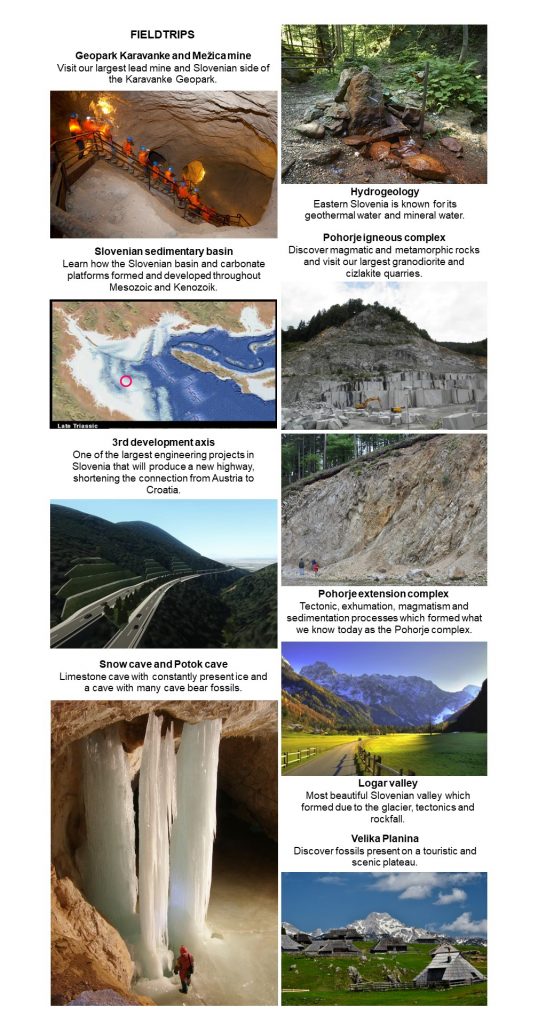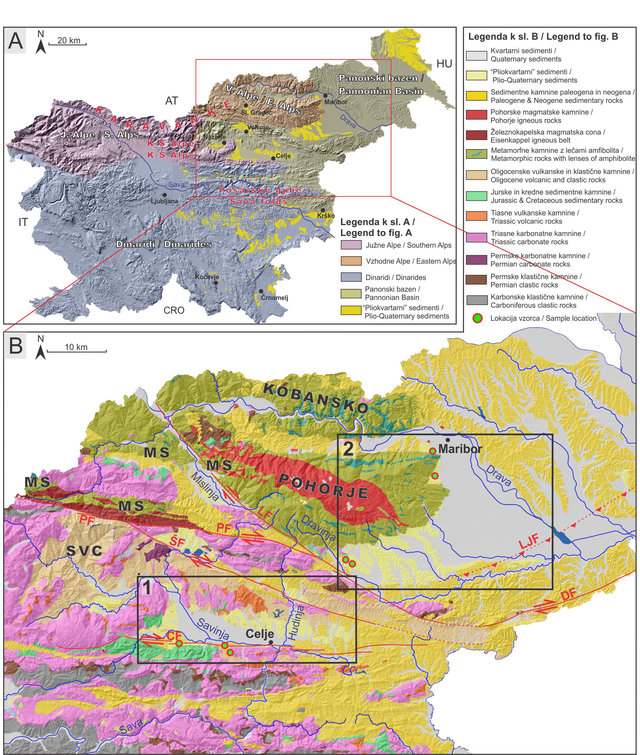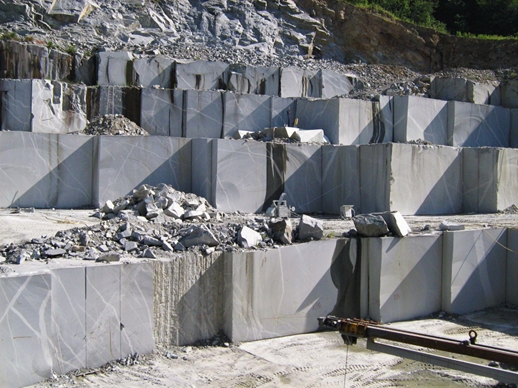EUGEN 2023 will take place from 7th till 13th August in northeastern Slovenia near Upper Savinja Valley.

© visitsavinjska.com
Ljubno ob Savinji
Located under the Smrekovec volcano on the edge of the Kamnik-Savinja Alps, it is known for its log diving history, the Log Diving Ball and FIS Women’s World Cup Ski Jumping championships.
Ljubno was known for log diving. Log divers transported wood all the way to Belgrade and even further to Romania.

©visitsavinjska.com
Here you will find a lovely campsite, located right next to the Savinja river. Kamp na otoku (or to translate it, “Camp on the island”) is set around an old sawmill and is surrounded by additional two small streams, which cause the feeling of being on an island.
To escape from the August heat, a refreshment can be made by swimming in the cold Savinja river. A large bar and sitting area will be the perfect place to spend our evenings.


©ljubno.si

Special accomodation is
fully booked
Address: Na Pečeh 7, 3333 Ljubno ob Savinji
Google maps: https://goo.gl/maps/hfxA8FkPRNUnQHsG8
General directions:
By car:
Fastest: coming from Ljubljana/Maribor take A1/E57 highway toward Maribor/Ljubljana. From there take the exit toward Šentrupert/Gornji Grad/Mozirje and continue on route 225 toward Ljubno.
By plane:
From Ljubljana airport, there is a bus connection to Ljubljana. We also recommend checking nearby airports (Venice Treviso, Venice M.P. Vienna and Zagreb). In case of flying there, the best and cheapest connections are using GoOpti (https://www.goopti.com/en/) or Flixbus. GoOpti also has a better option of choosing your destination and time of departure/arriving.
By bus/train:
Closest train stations are Polzela and Šmartno ob Paki. From there there is a bus going directly to Ljubno ob Savinji.
Bus tickets: https://www.nomago.si/avtobusne-vozovnice/vozni-red
Train tickets: https://potniski.sz.si/en/
For everyone arriving by plane/bus/train we will offer to pick you up from nearby stations (Polzela). If you already expect you will need it, please let us know in advance (eugen.slovenia2023@gmail.com). We will arrange the pickups on Monday. Same goes for returning home on Sunday.
If you are interested in arriving earlier or staying longer, arrange it yourself directly through the campsite or Booking. We will not provide additional stay, outside of Eugen (7. – 13.8.).

Together we will explore the diverse geology of the idyllic valleys of the Slovenian Prealps, the Pohorje magmatic-metamorphic complex, Slovenian Prealp mountains and the polymetallic mines underneath them.

Mencin Gale et al., 2019
The central part of the Pohorje metamorphic massif consists of a granodioritic batholith and is surrounded on all sides by metamorphic rocks. The plutonic rock, as well as its metamorphic cover, is cut by rhyodacitic veins. Paleozoik and Tertiary magmatic rocks accompany the zone of the Periadriatic lineament. Accompanying the granodiorite are also pegmatites, cizlakite and eclogite. The latter was exhumed during the Miocene pluton intrusion and is a part of Slovenska Bistrica ultramafic complex. Surrounding the Pohorje complex are Mesozoic limestone valleys and mountains.
Regional tectonics strongly influenced local ore and coal deposits. Two examples are Mežica and Velenje. Mežica mine has more than 350 epigenetic orebodies, with major ones being galena and sphalerite. Mežica mine is also known for its secondary mineral wulfenite. Velenje lignite deposit is one of the thickest coal layers in Europe. The Pliocene seam is approximately 8,3 km long and 1,5 – 2,5 km wide and reaches thickness of up to 168 m. The Velenje coal mine has been in continuous production since the 19th century and remains the last active coal mine in Slovenia.
This area also has many thermal, mineral and thermomineral water occurances, used in spas and geothermal energy.

Granodiorite quarry in Cezlak.
